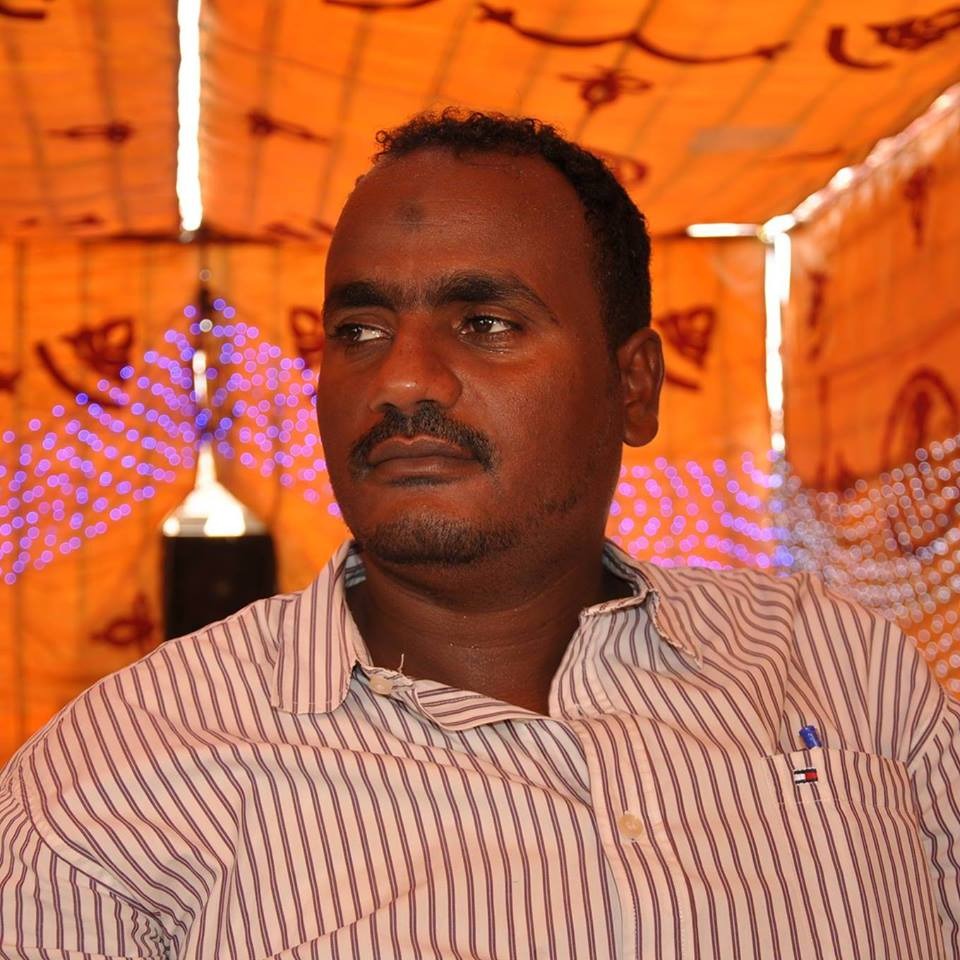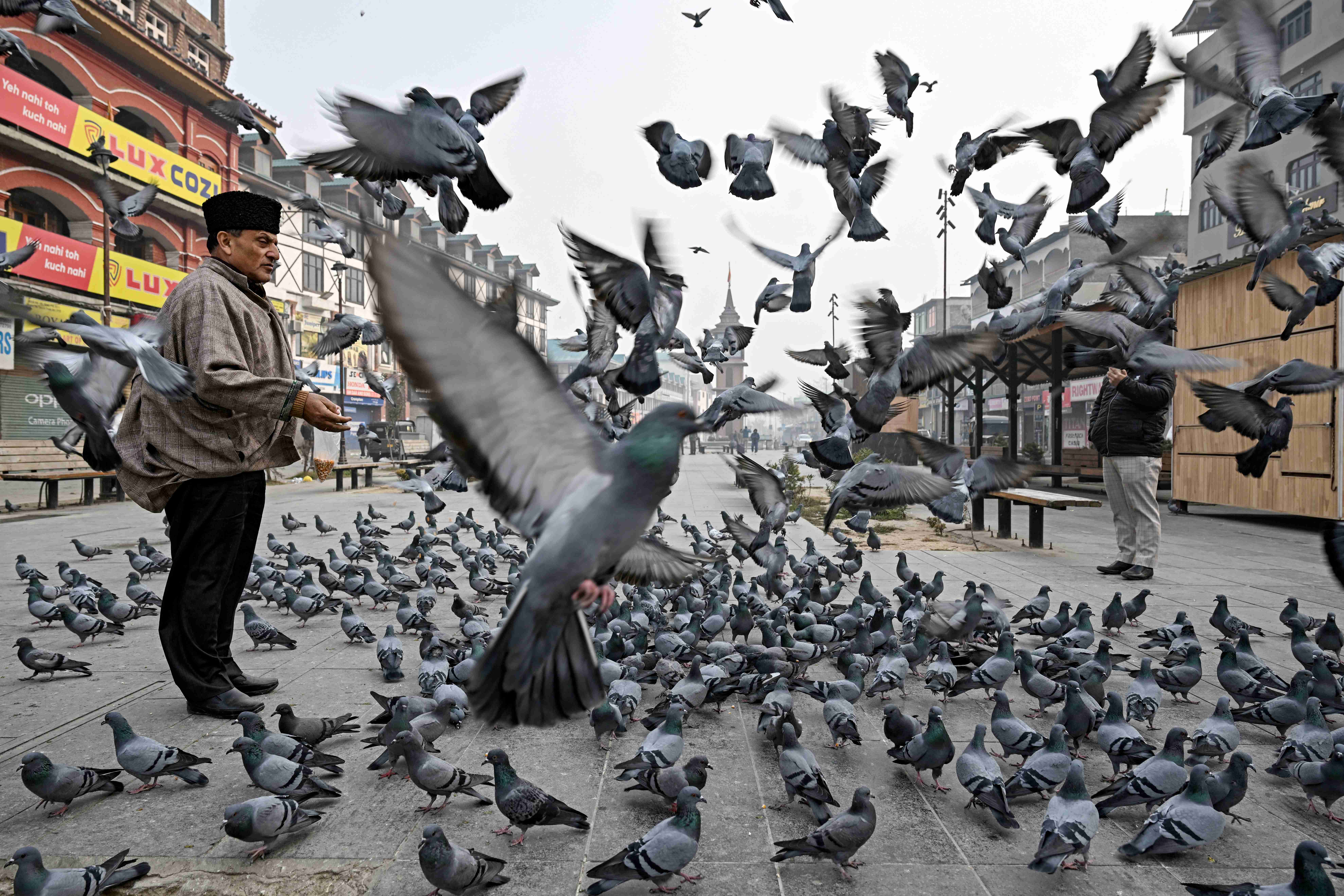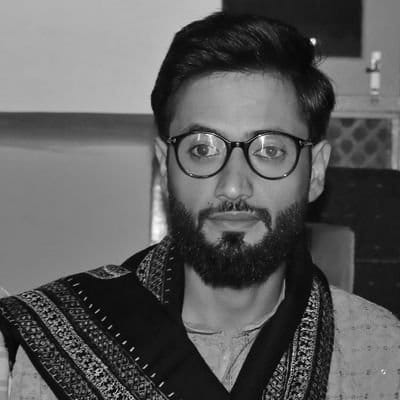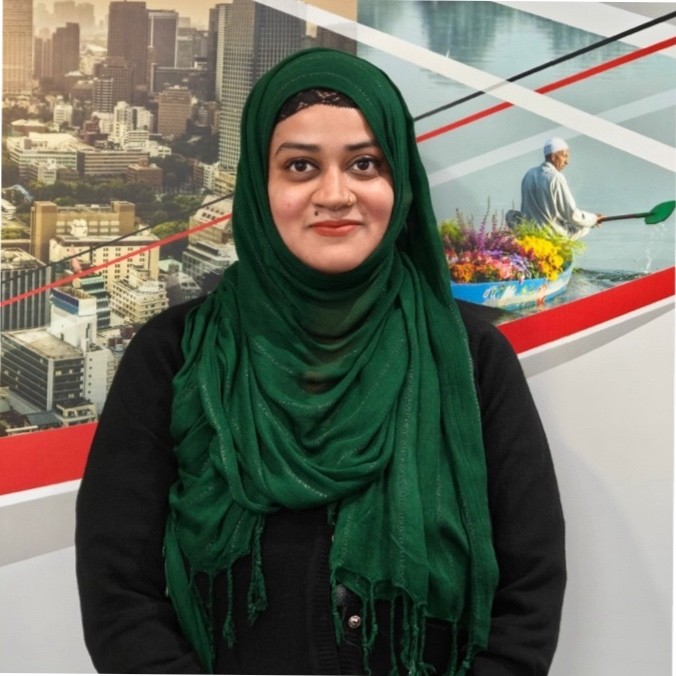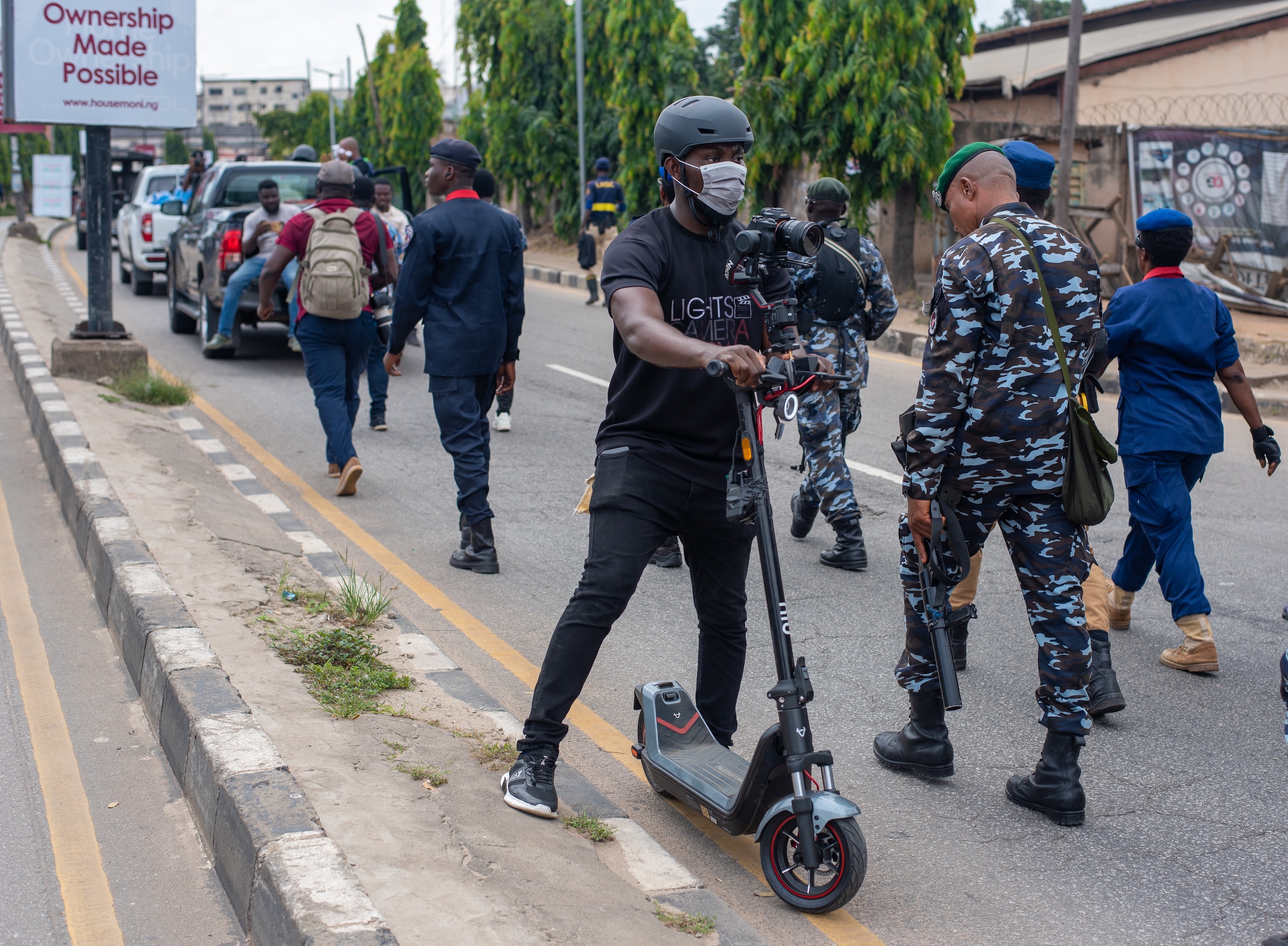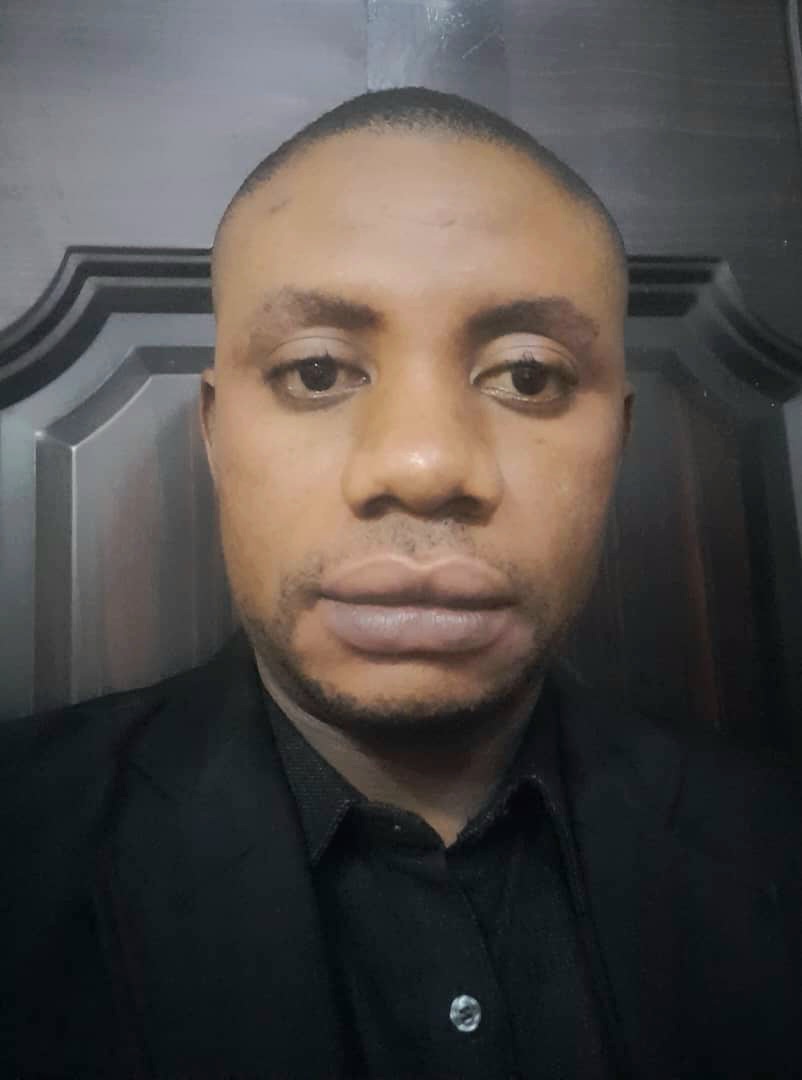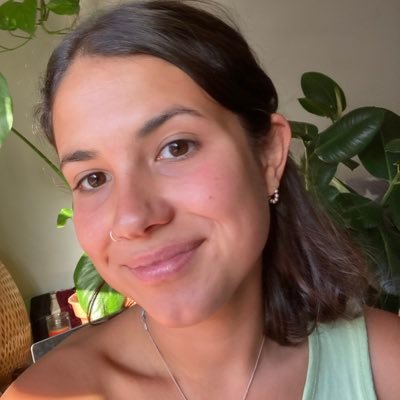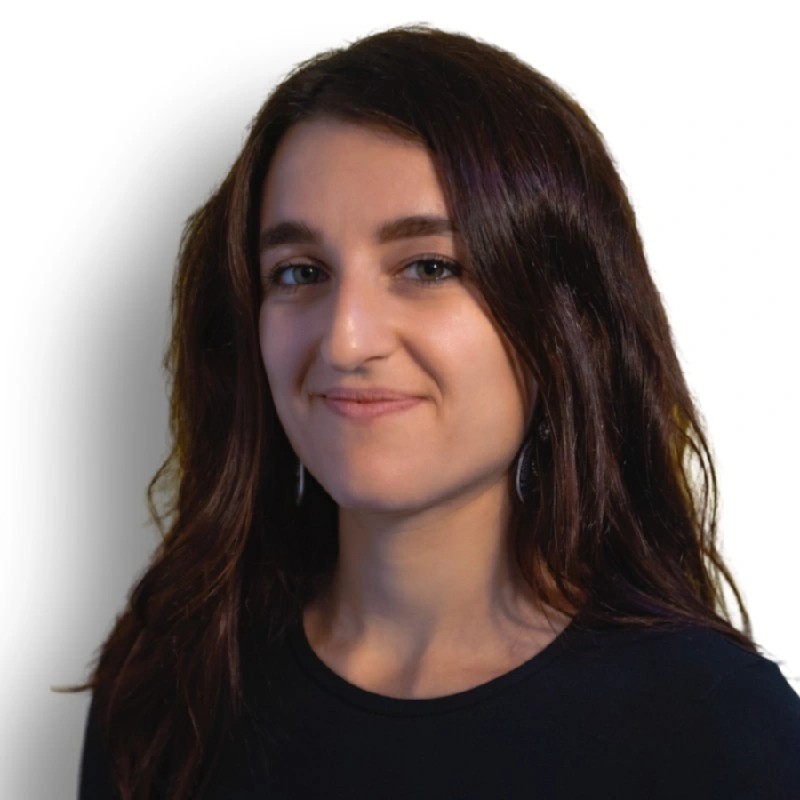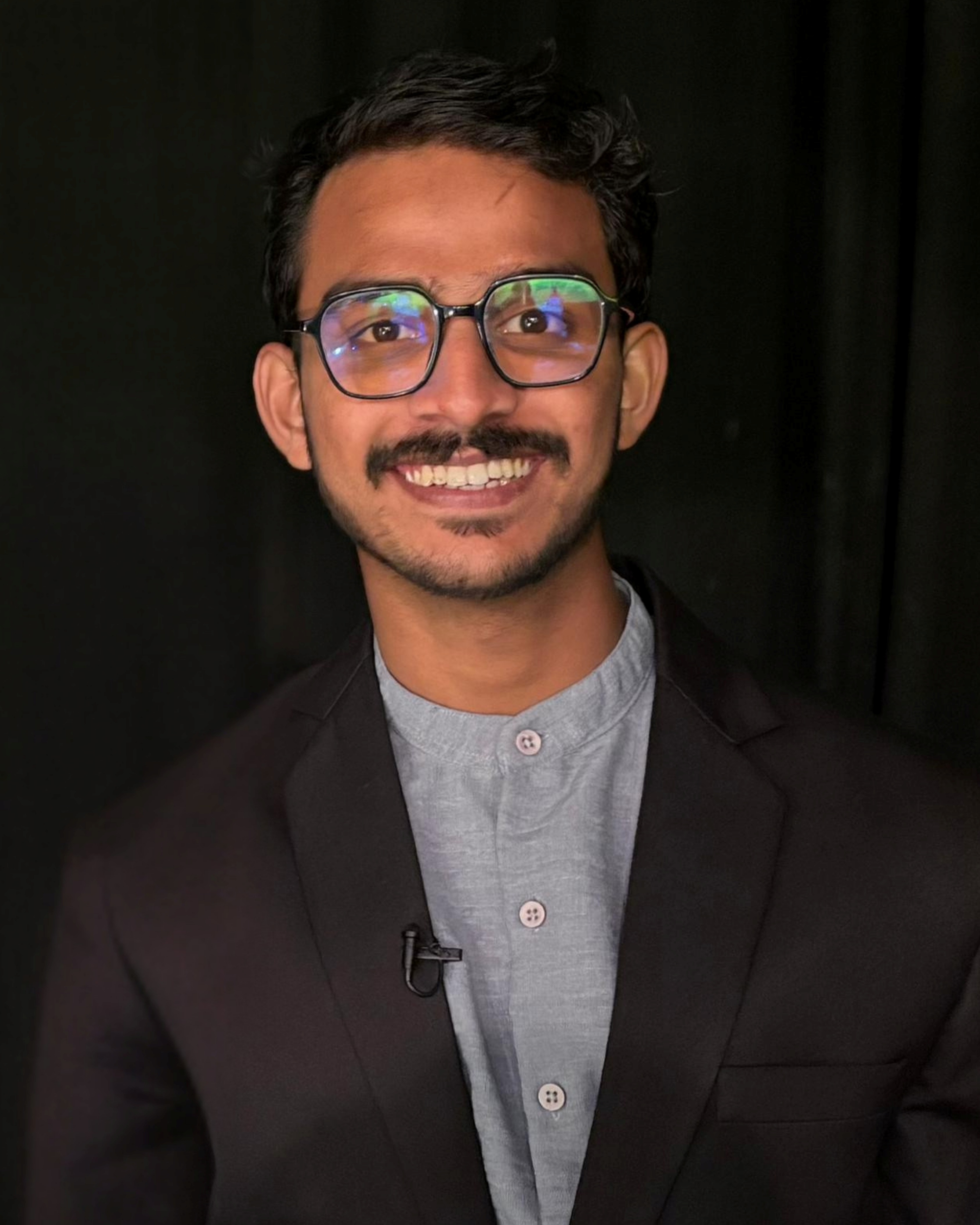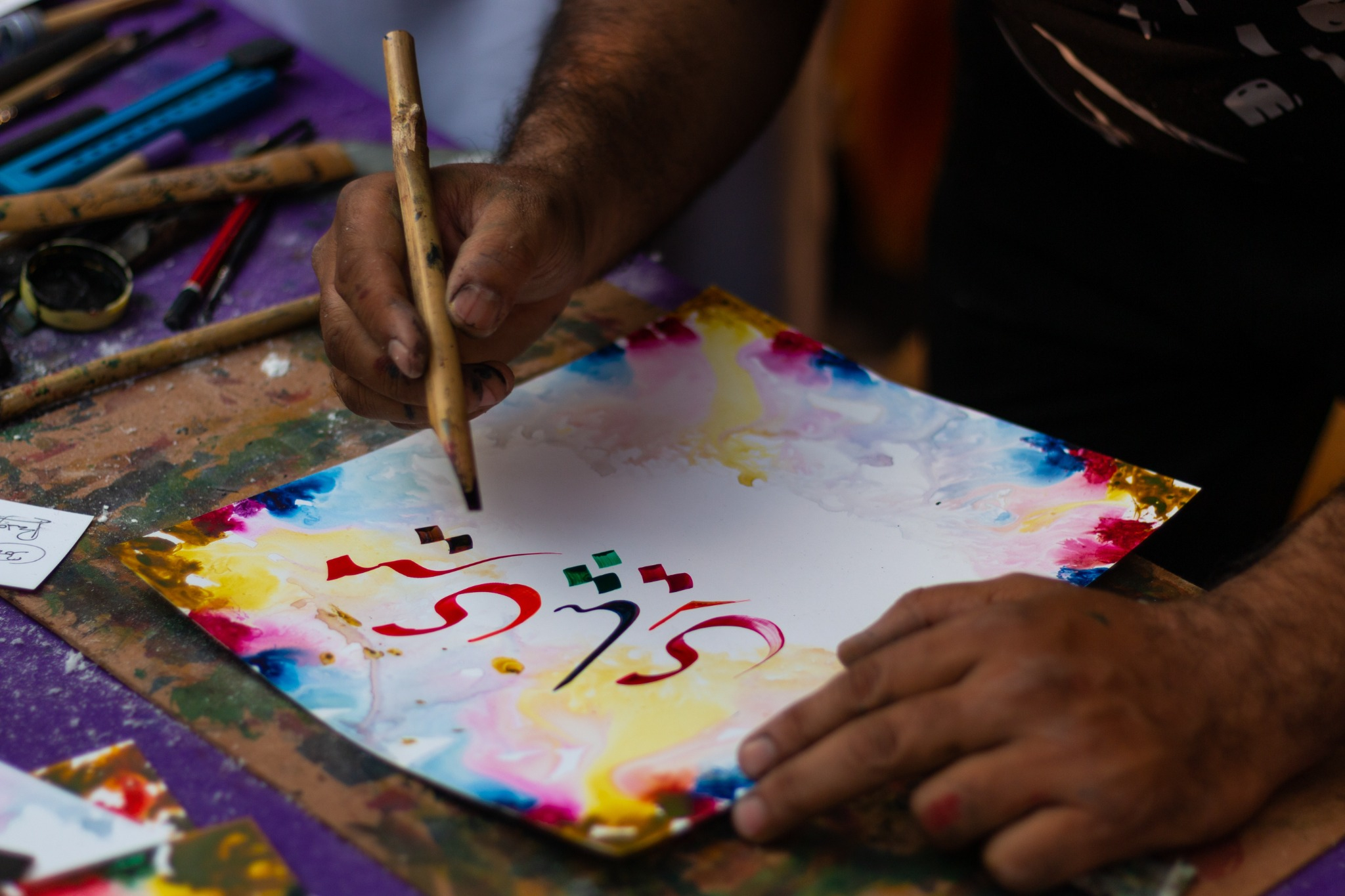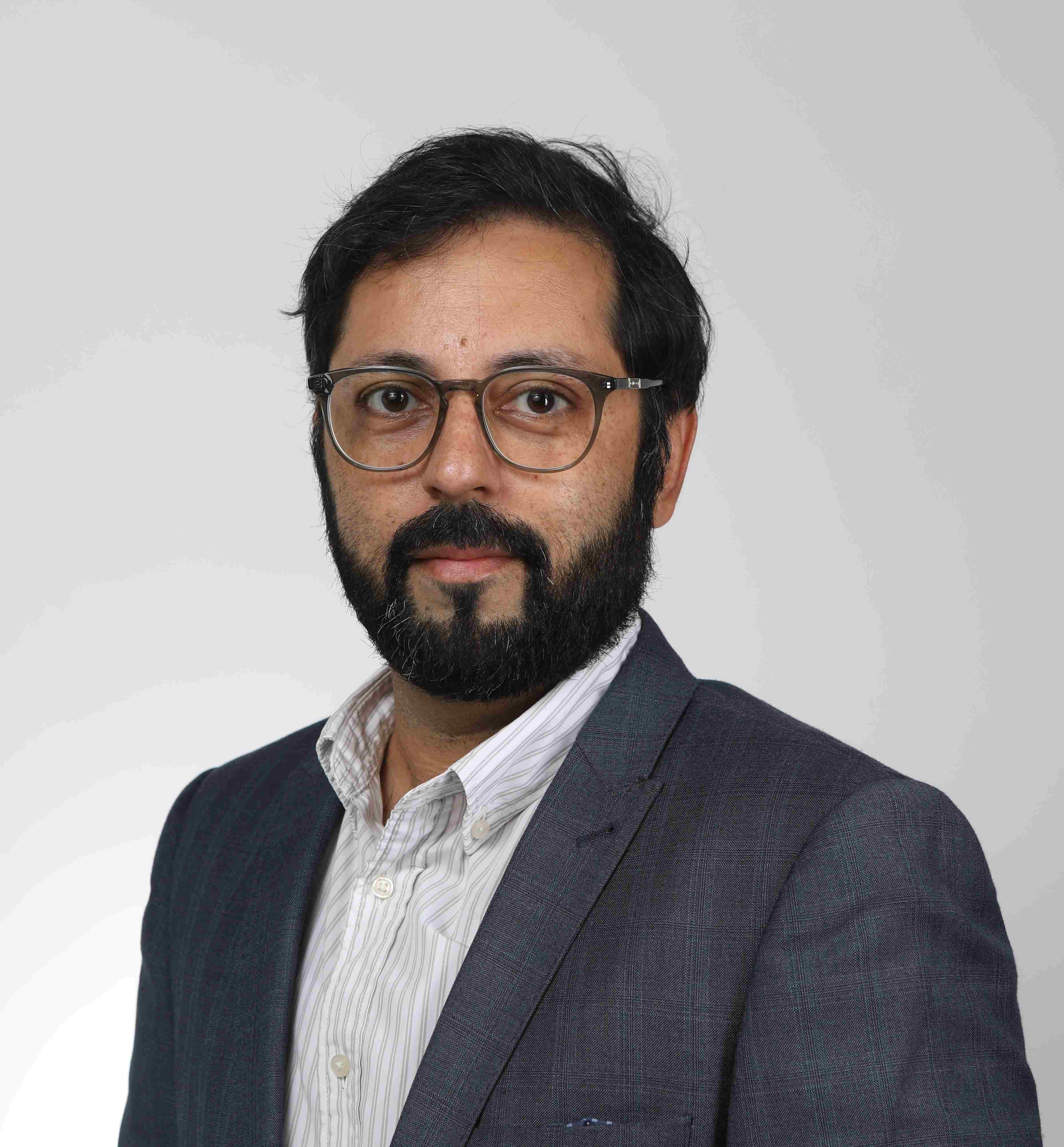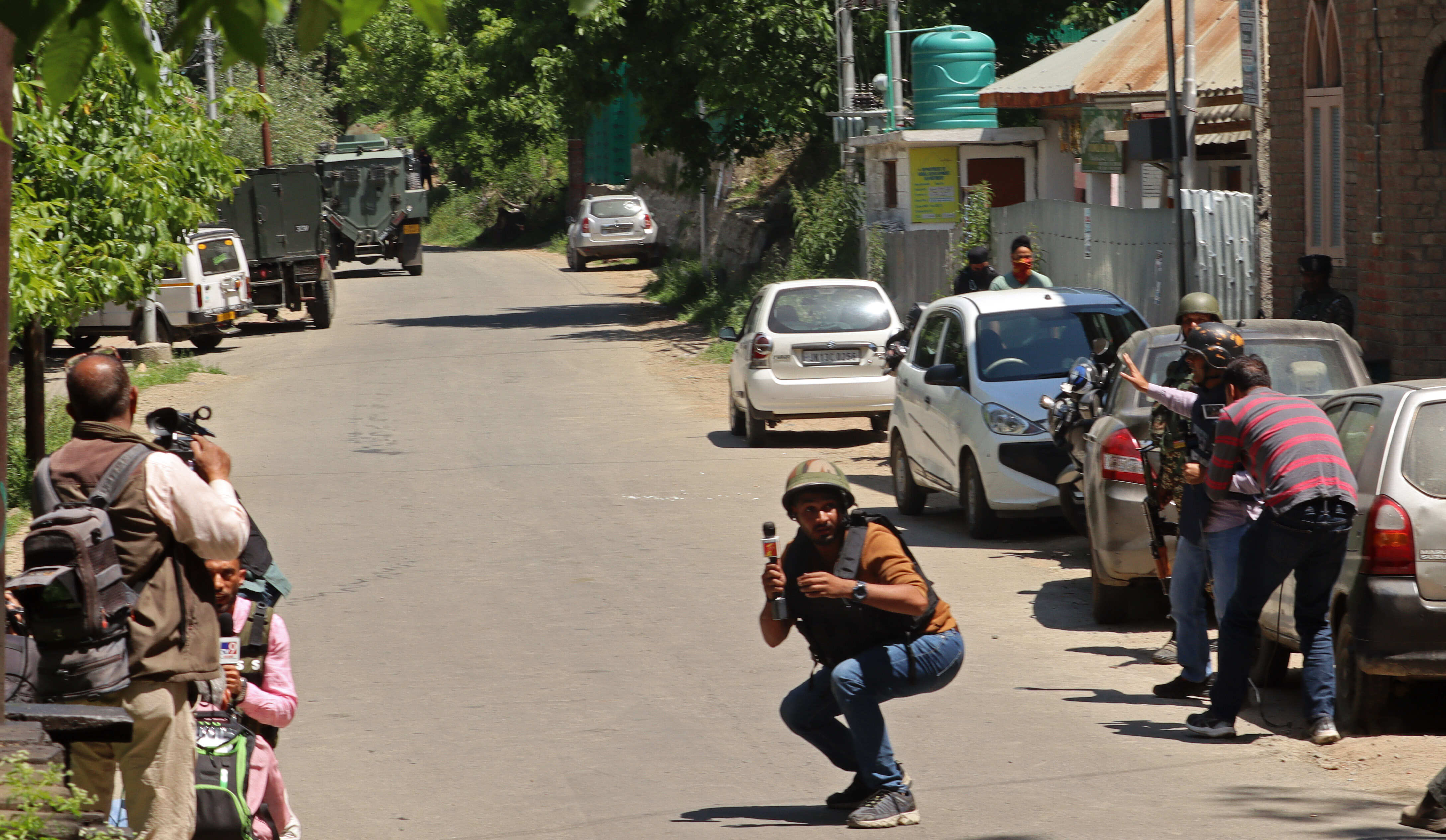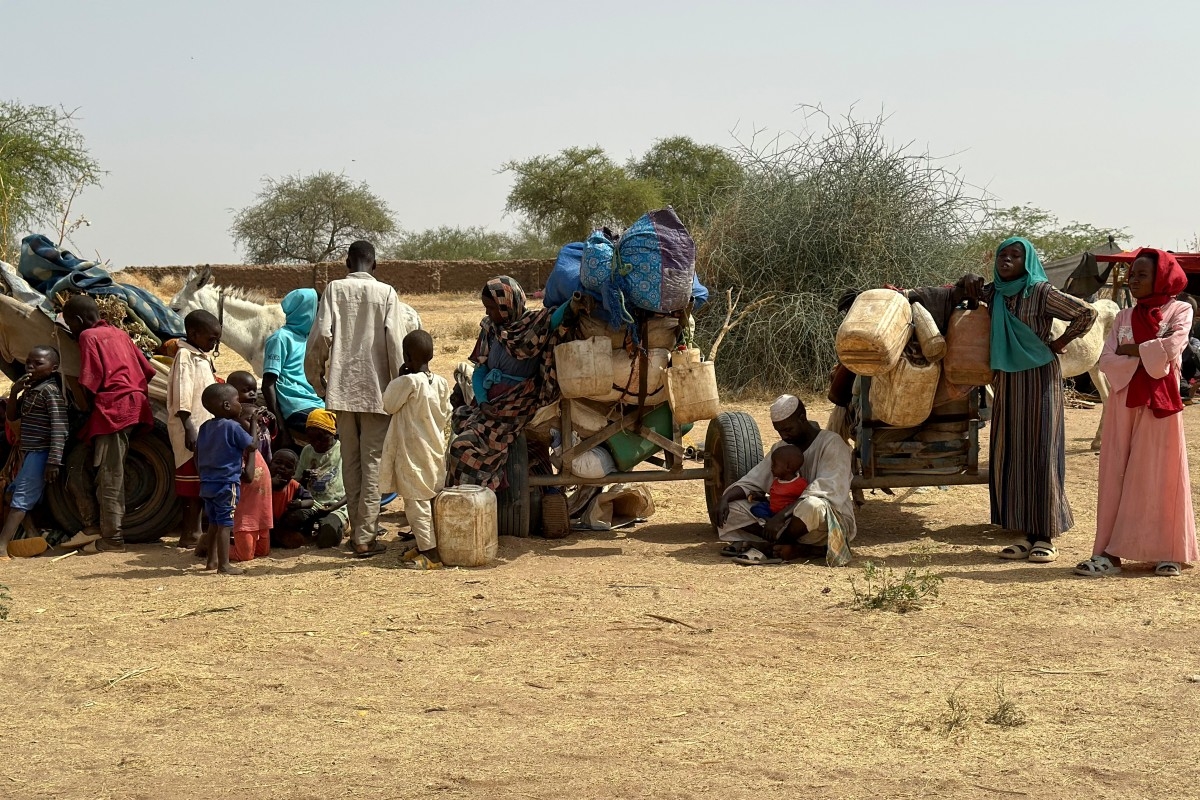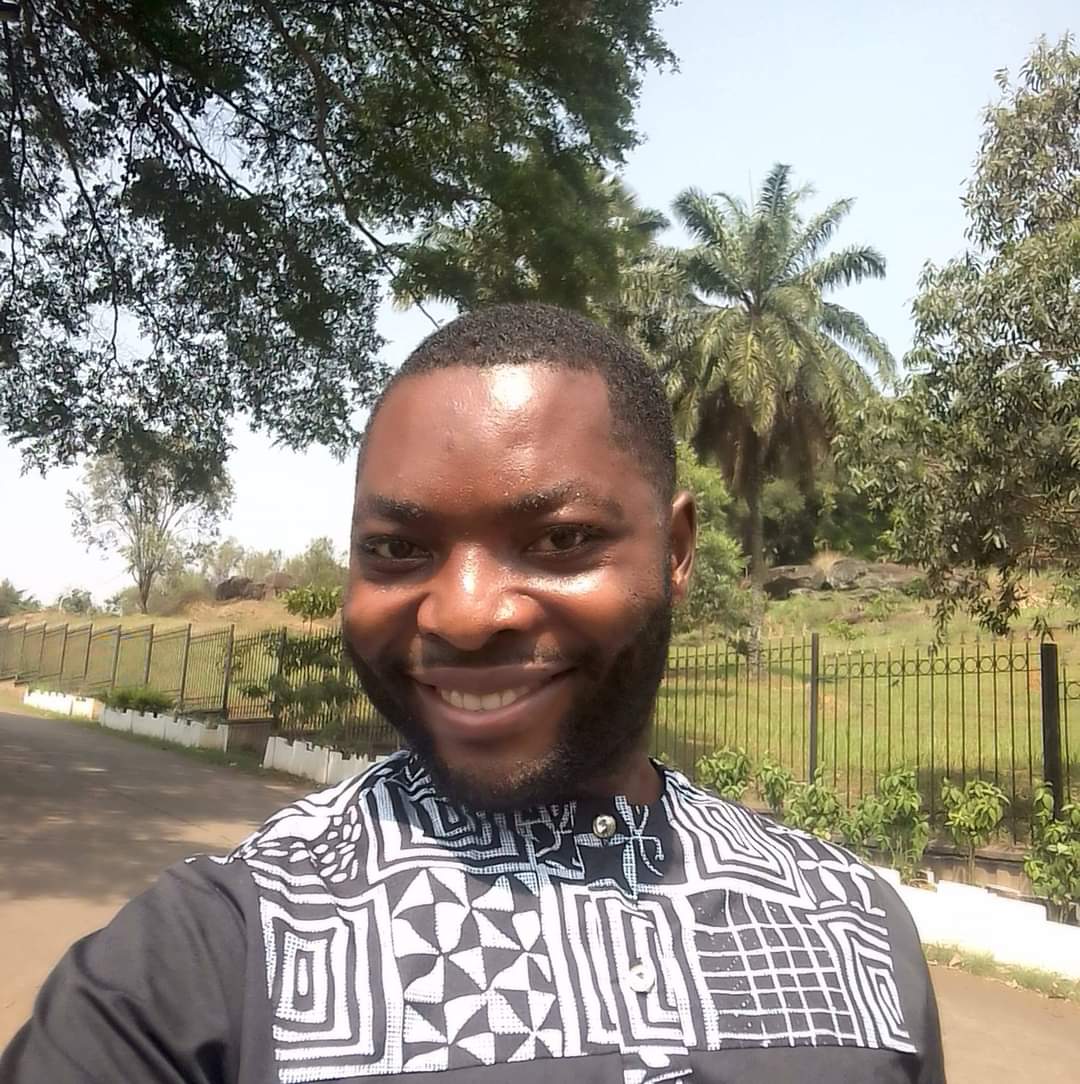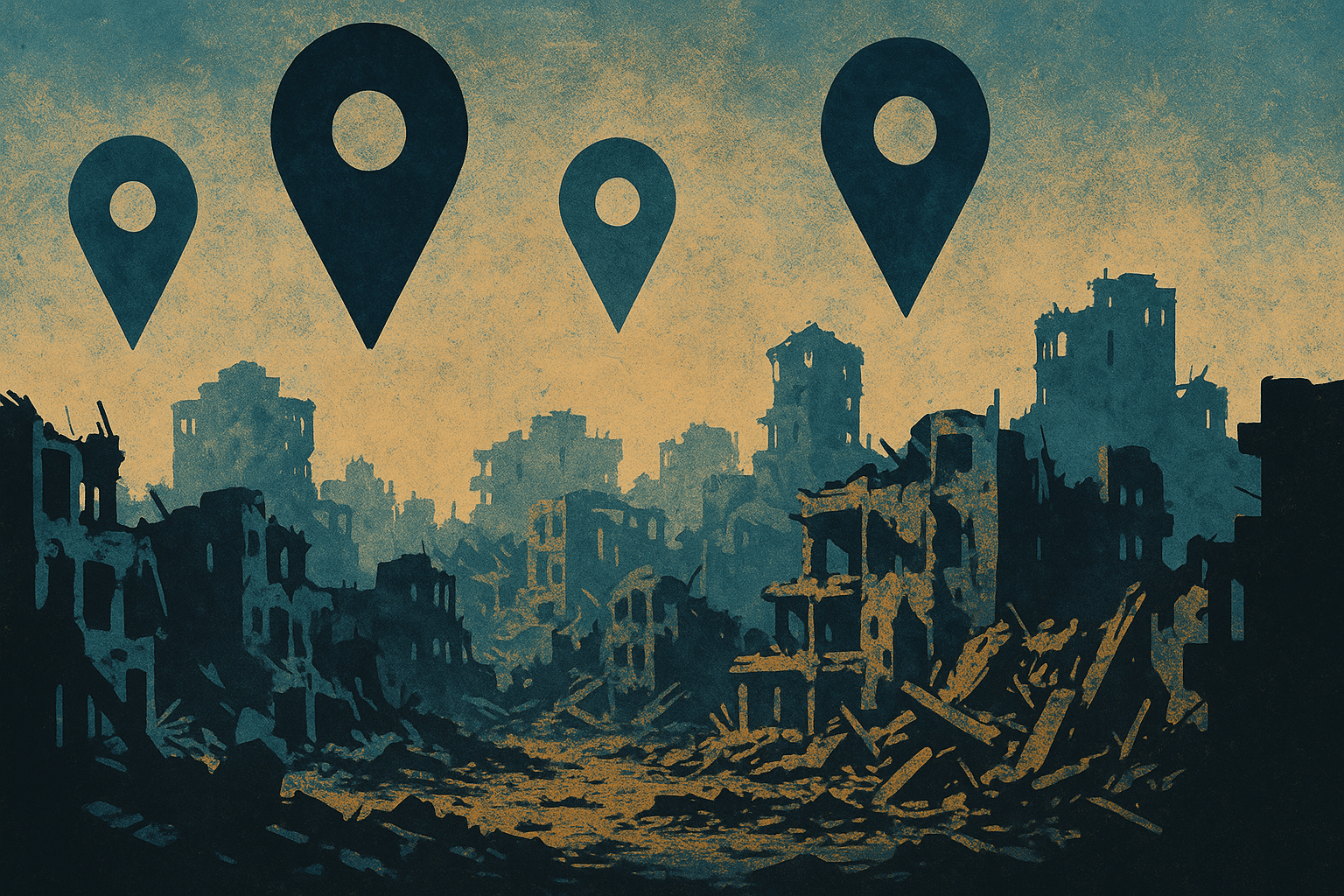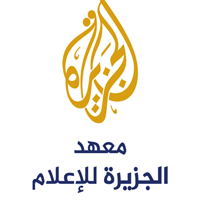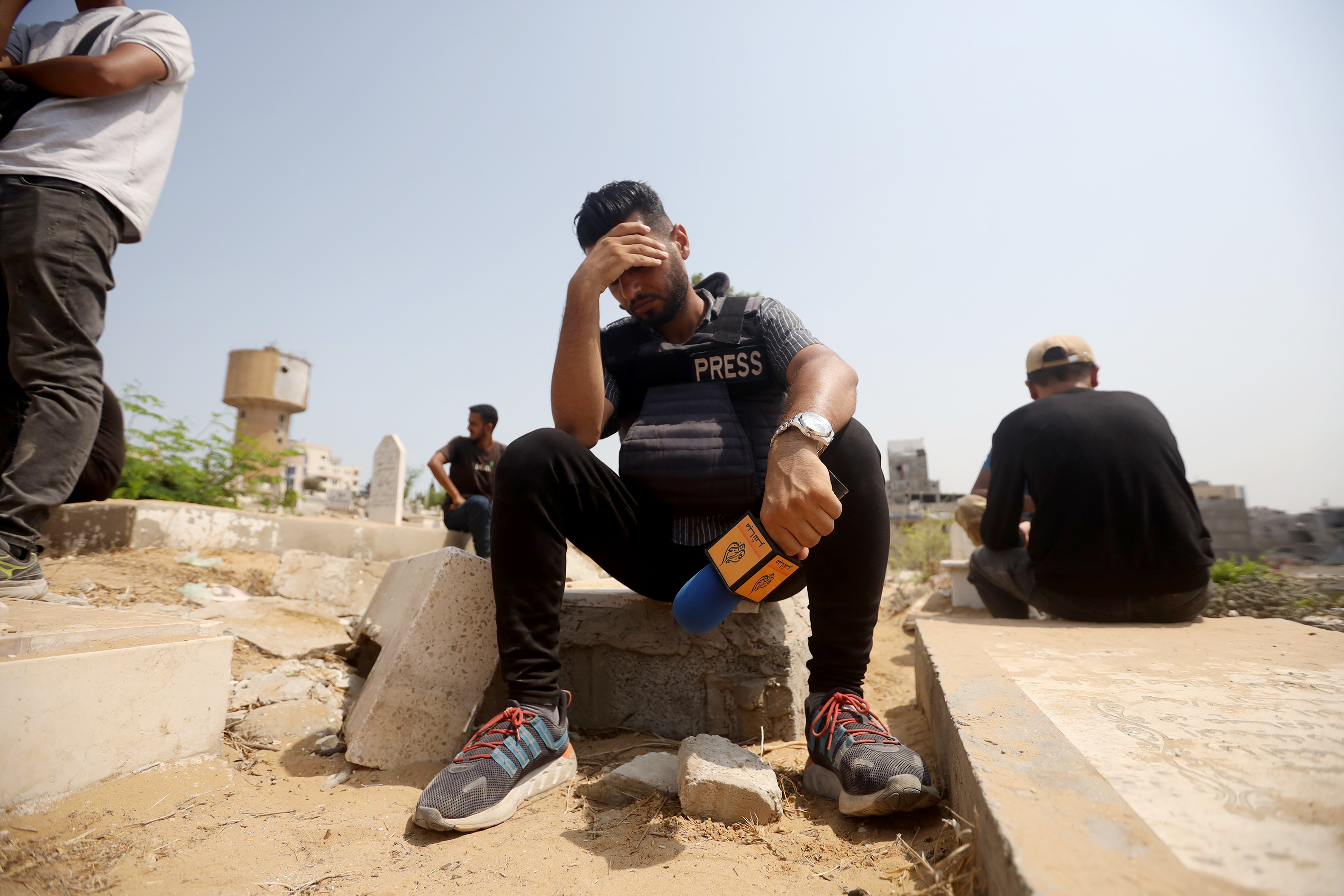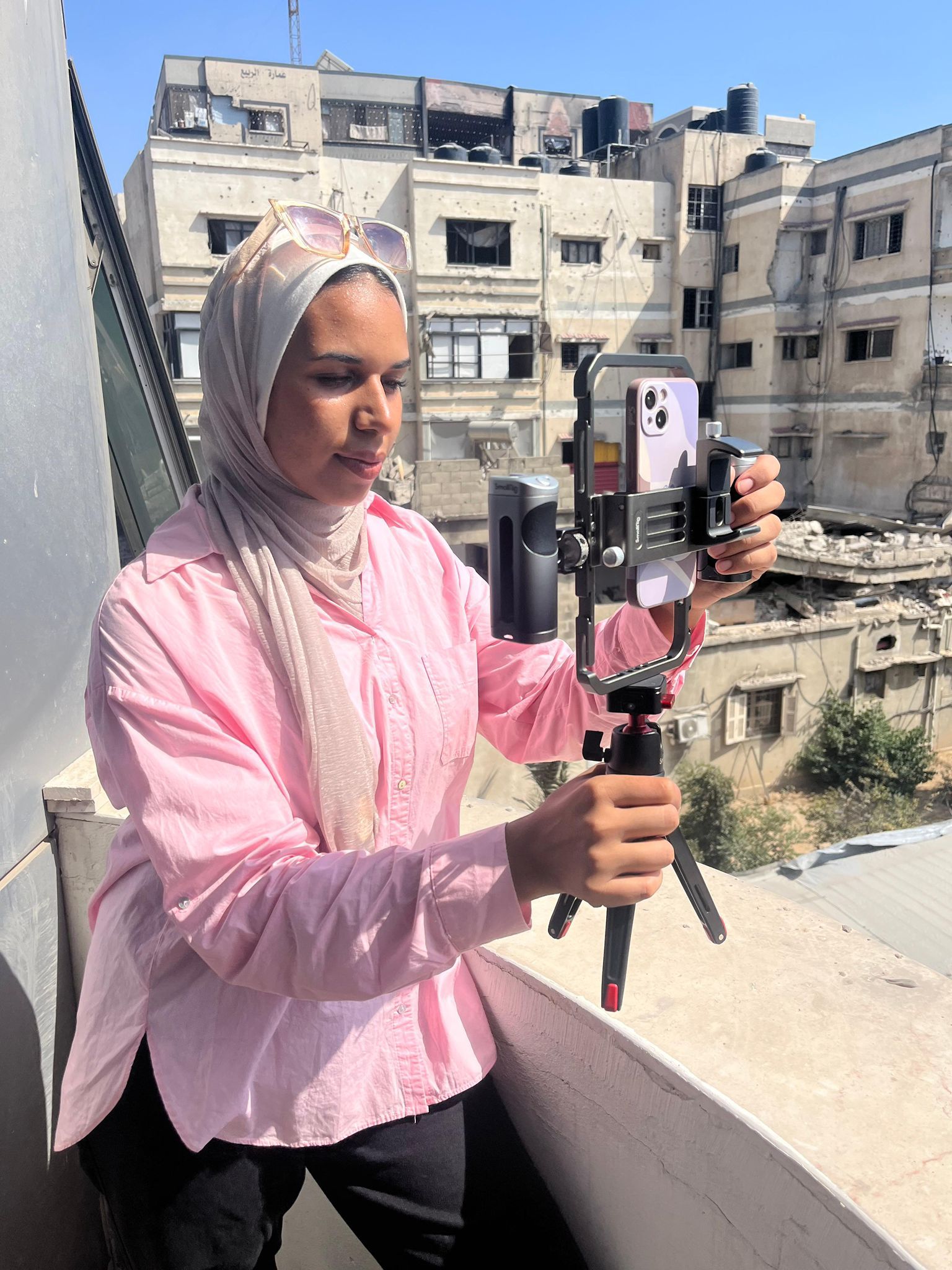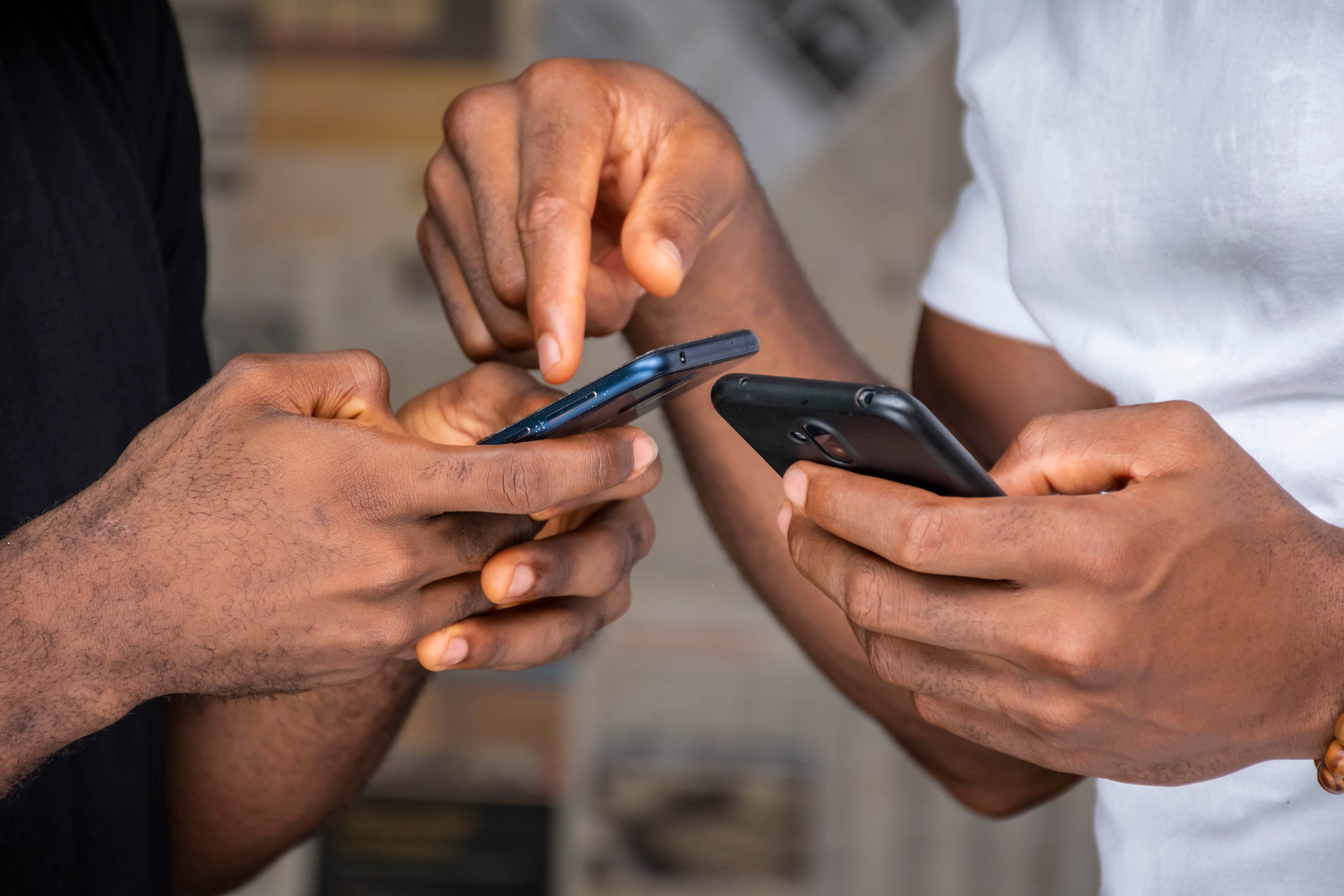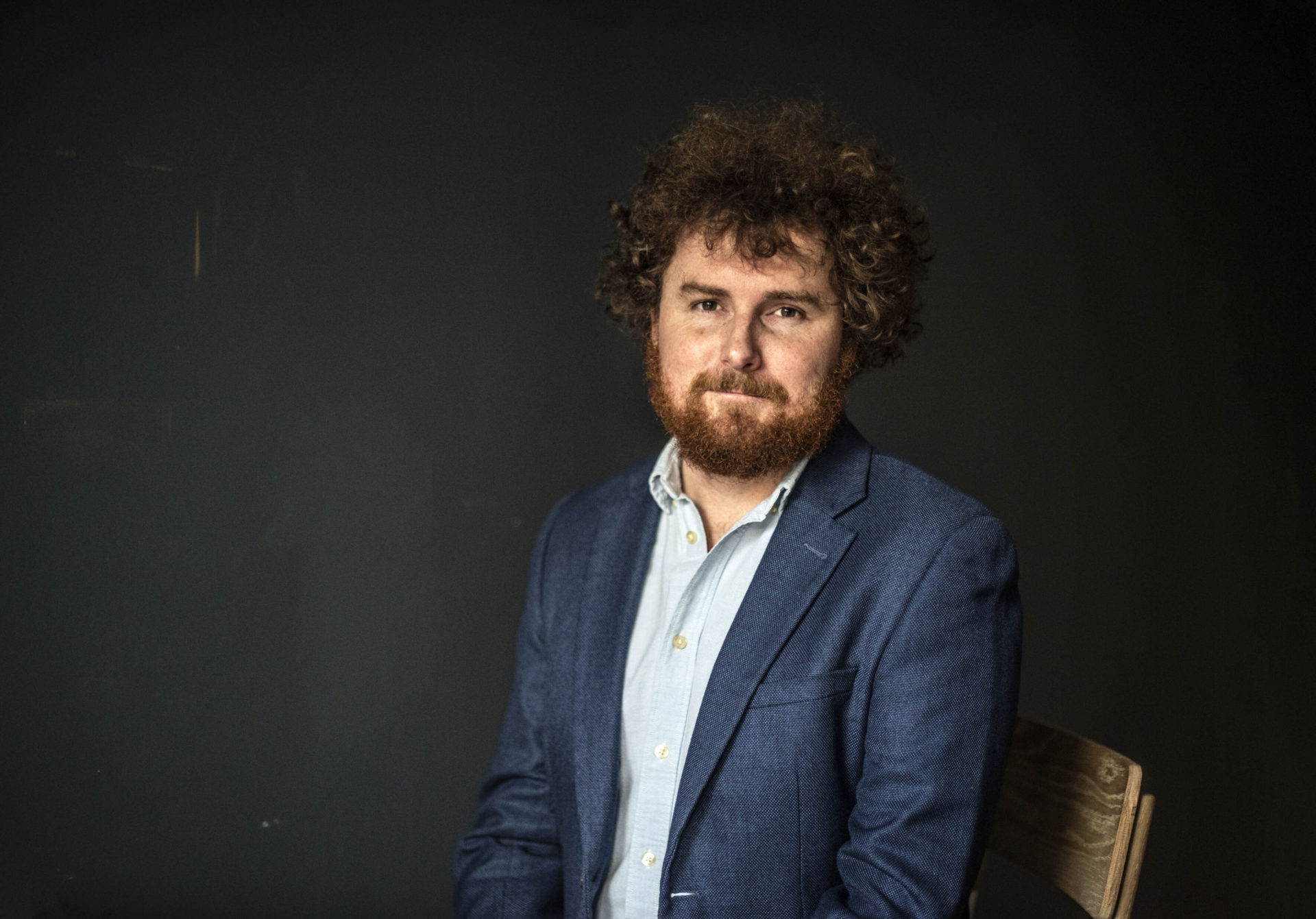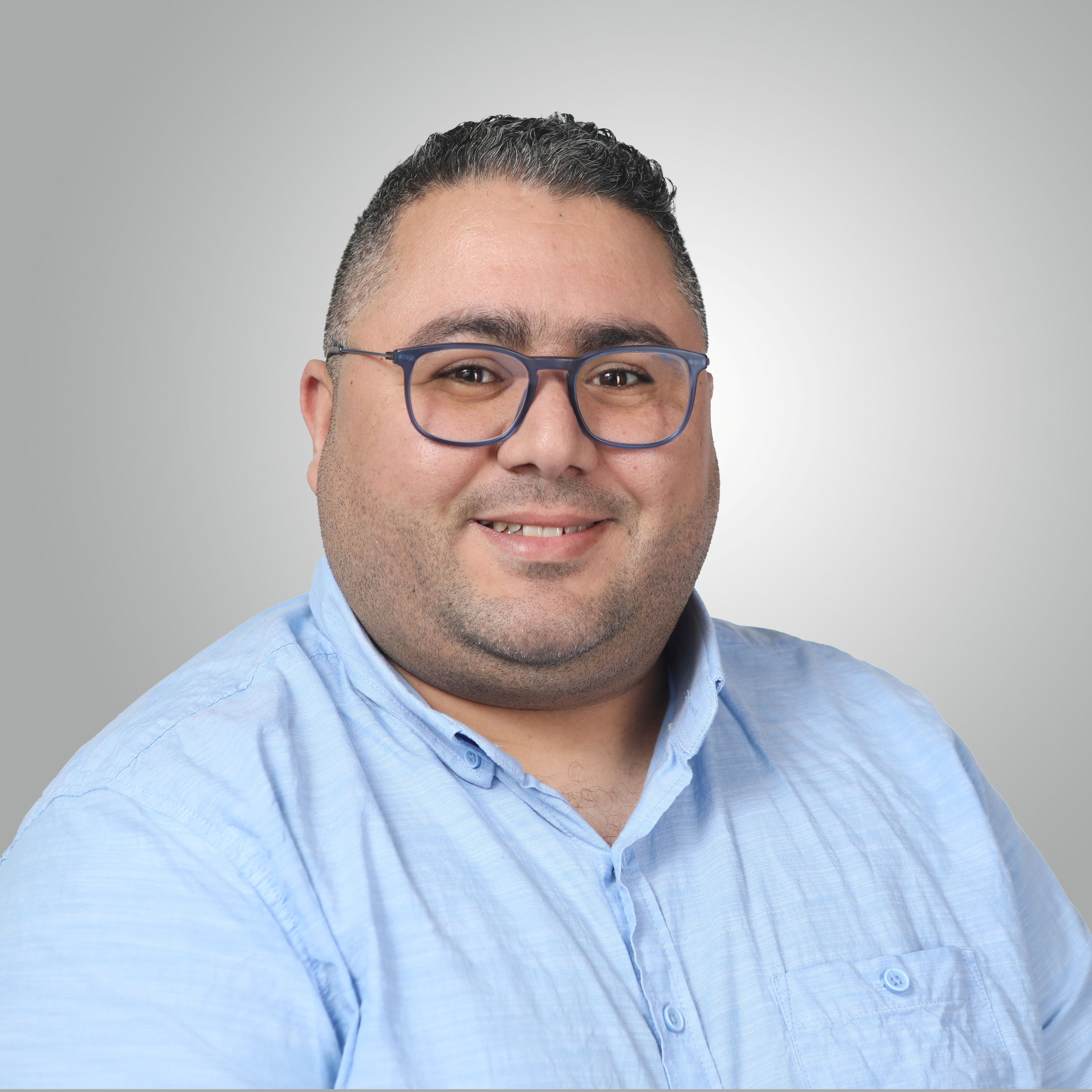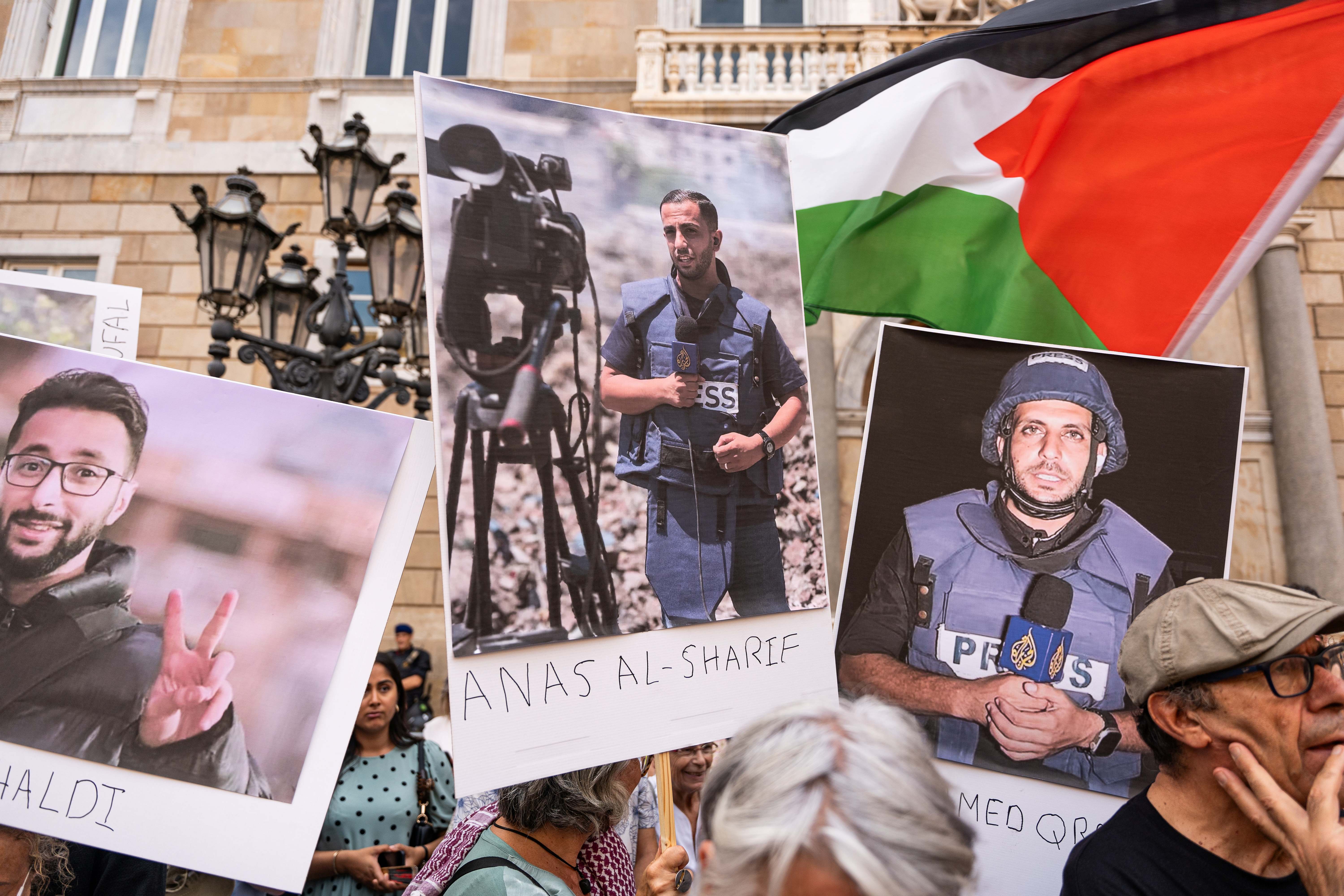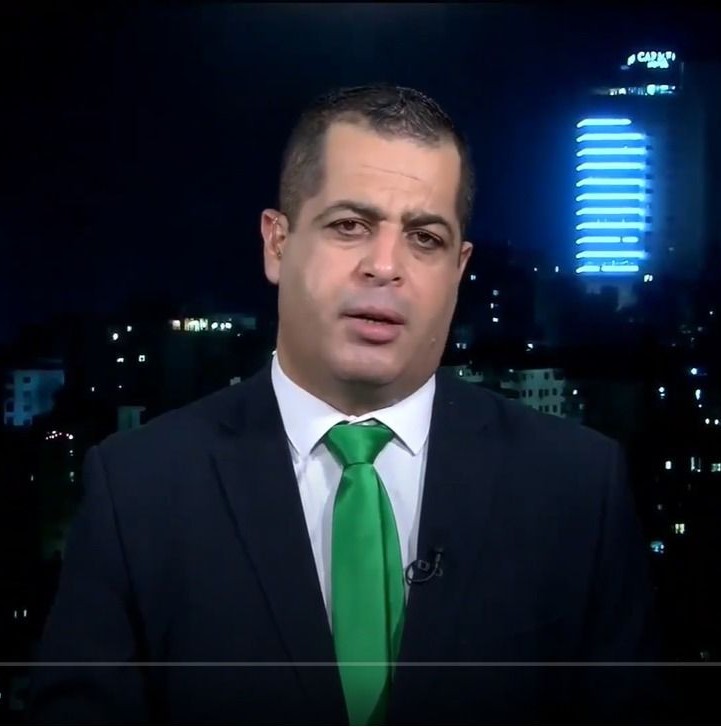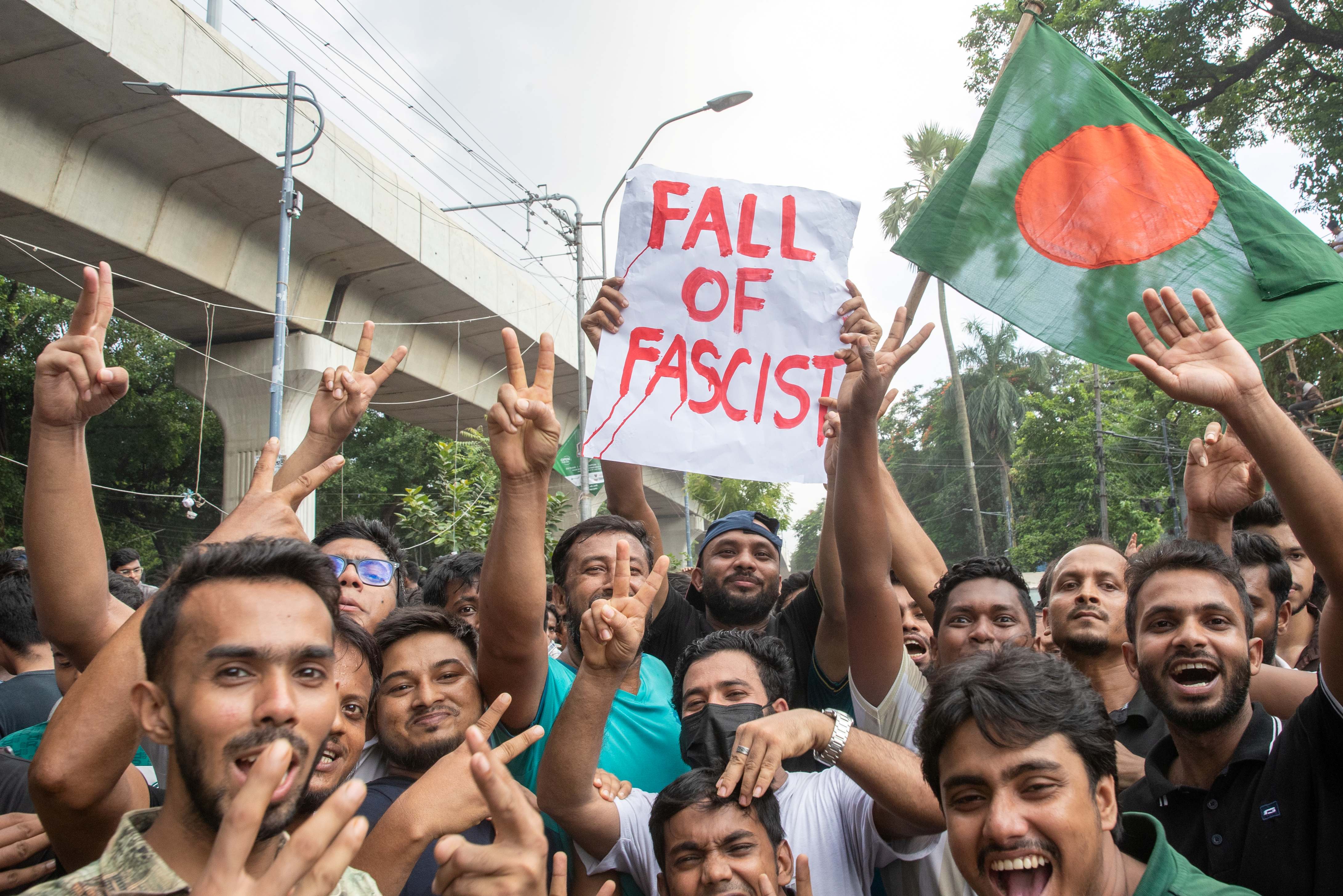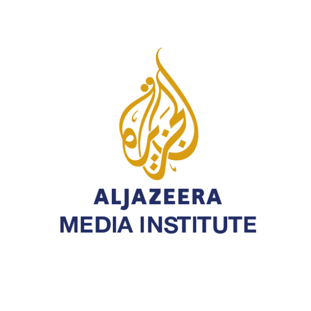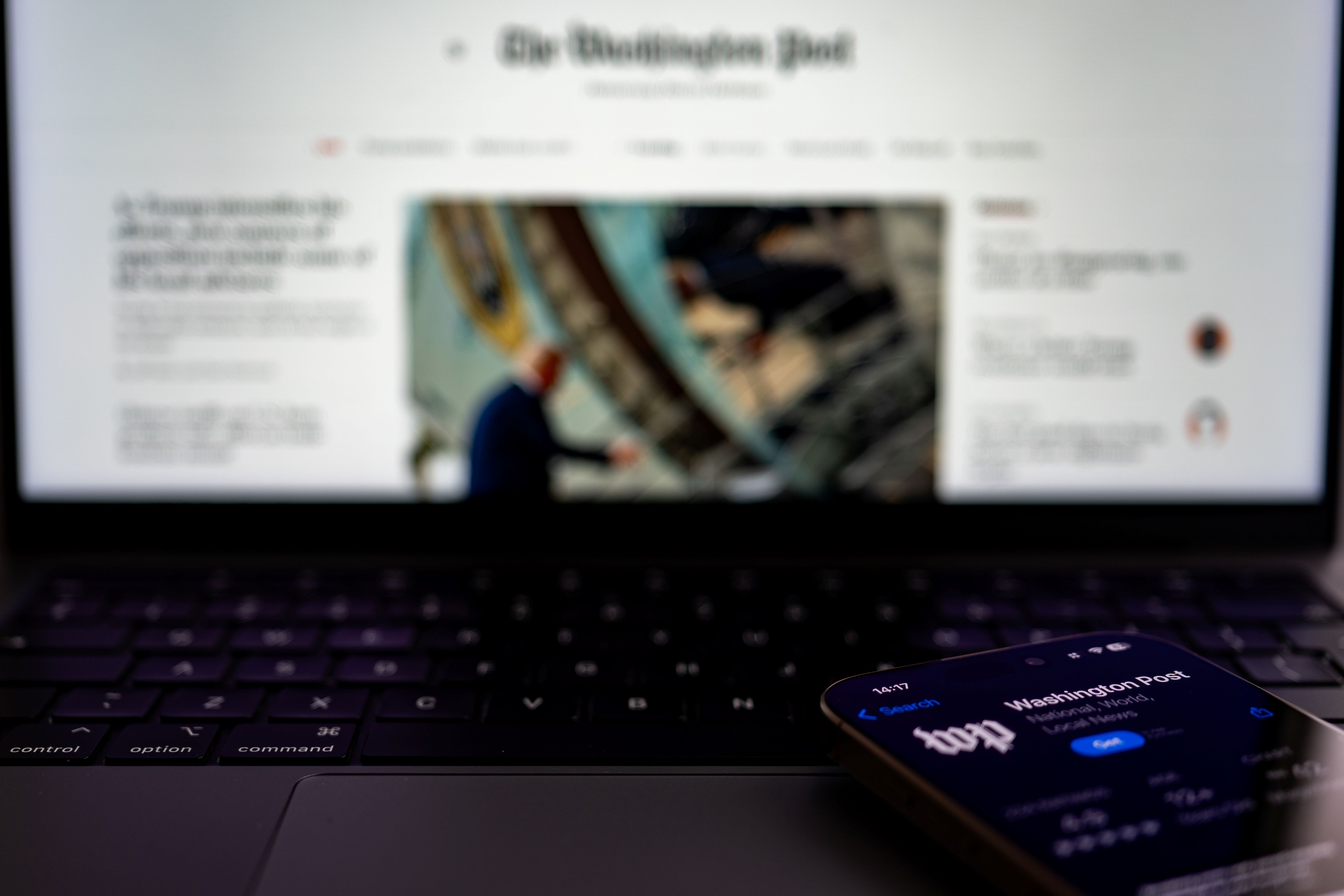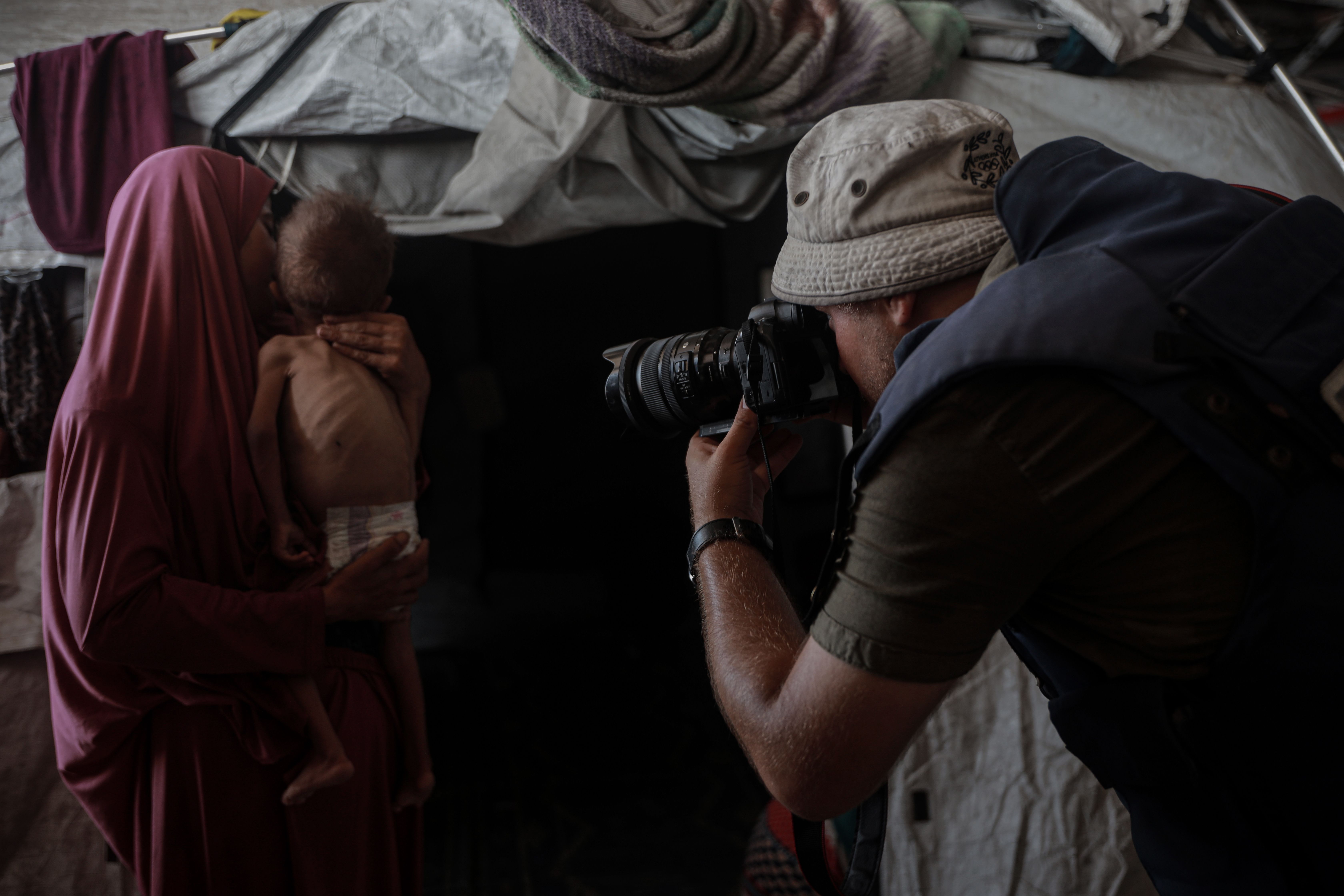لم ينجُ الصحفيون السودانيون من الحرب التي جردتهم من العمل والمهنة، وحتى من القدرة على تغطية النزاع نفسه؛ فقد خسر كثيرون مساكنهم بسبب النزوح، وتوزعوا بين النزوح الداخلي واللجوء إلى دول الجوار، وسط انهيار كامل للمؤسسات الصحفية والإعلامية في العاصمة الخرطوم.
لقد توقّفتْ نحو 20 صحيفة ورقية منذ الساعات الأولى لاندلاع الحرب، وتعطّلت الإصدارات التي كانت تملأ "أرصفة الخرطوم" بالأحداث السياسية. ومع اندلاع القتال قرب مقارها تحولت أجزاء من هذه المؤسسات إلى "مواقع عسكرية قتالية" في قلب العاصمة صباح السبت 15 نيسان/أبريل 2023.
لم يكن النزوح من الخرطوم فرصة نجاة متاحة لغالبية الصحفيين؛ إذ اضطر كثيرون للبقاء في منازلهم داخل المدن التي شهدت اشتباكات مسلحة متواصلة خلال الحرب بين الجيش وقوات الدعم السريع، بما في ذلك العاصمة نفسها.
في أقصى شمال الخرطوم - بمدينة "الوادي الأخضر" - عاش عشرات الصحفيين والصحفيات ظروفا قاسية بعد أن فقدوا فرص العمل والأجور. وفي هذا السياق، قدّمت نقابة الصحفيين السودانيين بإمكانياتها المحدودة العون لنحو 900 صحفي وصحفية تأثروا بالحرب، بينما عانى كثيرون من شحّ المياه النظيفة والأمراض، وواجهوا خطر الاعتقال أو التهديد بالقتل لمجرد الإفصاح عن كونهم صحفيين.
إذا كانت ثمّة منطقة تسمى "قطعة من الجحيم" فهي تلك التي تضمّ المؤسسات الصحفية وسط الخرطوم، الواقعة بين شوارع "المك نمر" و"البلدية" و"السيد عبد الرحمن" و"القصر"؛ فمنذ اليوم الأول للقتال امتلأت المنطقة بالآليات الثقيلة وسيطرت عليها قوات الدعم السريع حتى آذار/مارس 2025، وقد أدّى ذلك إلى توقّف عمل 20 صحيفة، قبل أن تستعيدها القوات السودانية. وتكمن أهميتها في كونها محاذية لوزارة الدفاع والقصر الرئاسي ومجلس الوزراء.
نزح مئات الصحفيين تاركين العاصمة التي غرقت في نزاع عسكري مروّع بين الجيش وقوات الدعم السريع. وكانت مدينة ود مدني محطة رئيسية لتجمعهم وجمع شتات النزوح الشاقّ. لكن سرعان ما تبدّد الأمل عندما هاجمت قوات الدعم السريع المدينة في كانون الأول/ديسمبر 2023، فاضطرّ الصحفيون إلى نزوح جديد نحو المجهول عبر طرق تنتشر فيها نقاط التفتيش التابعة للطرفين.
لاحقت الحرب الصحفيين من مدينة إلى أخرى، وكأنها تلعن من يذكّرها بالحقائق الصادمة حول الجرائم والانتهاكات؛ فقد أدى الصحفيون السودانيون دورا بارزا في كشف التقارير المتعلقة بالإبادة والعنف الجنسي في دارفور والخرطوم وجبال النوبة.
لاحقت الحرب الصحفيين من مدينة إلى أخرى، وكأنها تلعن من يذكّرها بالحقائق الصادمة حول الجرائم والانتهاكات؛ فقد أدى الصحفيون السودانيون دورا بارزا في كشف التقارير المتعلقة بالإبادة والعنف الجنسي في دارفور والخرطوم وجبال النوبة.
يقول عضو سكرتارية شبكة الصحفيين السودانيين خالد أحمد إن الصحفيين هم أكثر الفئات تعرضا للاستهداف الأمني في حرب السودان، مشيرا إلى ظاهرة الاختفاء القسري، وآخرها اختطاف الصحفي معمر إبراهيم مراسل قناة الجزيرة في مدينة الفاشر، عقب دخول قوات الدعم السريع إليها في 26 تشرين الأول/أكتوبر 2025.
ويحمّل أحمد قوات الدعم السريع مسؤولية سلامة الصحفي المختطف الذي ظهر مؤخرا في فيديو لا يعرف أين صور وهو يخضع للتحقيق، لكنه يوضح أن الوضع في بورتسودان - حيث الحكومة المدعومة من الجيش - ليس أفضل حالا؛ إذ تفرض الأجهزة الأمنية رقابة واستدعاءات واحتجاز للصحفيين والمراسلين. ويرى أن مئات الصحفيين اضطروا للعمل في مهن بسيطة في الأسواق ومحلات البقالة داخل السودان وخارجه بعد فقدان وظائفهم، داعيًا المنظمات الدولية إلى توفير ملاذات آمنة للصحفيين السودانيين المعرّضين للقتل أو الاختفاء القسري أو الفقر المدقع.
لم تقتصر الحرب على تدمير البنية التحتية والمرافق العامة، بل تسببت أيضا في فقدان مئات الصحفيين لوظائفهم في المؤسسات الإعلامية، دون الحصول على مستحقاتهم المالية، وسط الانهيار الاقتصادي ونهب المقرات.
لقد توقف معظم العمل الصحفي في البلاد؛ حيث لم يعد بمقدور المؤسسات الوطنية تغطية النزاع بسبب تدمير المكاتب والمعدات، وهجرة الكفاءات إلى الخارج، وفرض القيود الأمنية على من تبقى داخل السودان. كما بات التصنيف السياسي خطرا يهدد حياة الصحفيين في ظلّ الاستقطاب الحادّ بين الجيش وقوات الدعم السريع.
خلال الحرب، لجأ نحو 90 صحفيا سودانيا إلى أوغندا، لكن الغالبية لم يتمكنوا من العمل في مجال الصحافة؛ إذ لا يتجاوز عدد العاملين فعليا 30%، وغالبيتهم في مواقع إلكترونية تعاني من ضعف التمويل وتدني الأجور.
يقول عز الدين أرباب رئيس المكتب التنفيذي لرابطة الصحفيين السودانيين في أوغندا إن عشرات الصحفيين يعيشون أوضاعا مأساوية في مخيمات اللاجئين شمال البلاد بعد أن فقدوا وظائفهم. ويضيف أن بعض المؤسسات قدمت دعما محدودا توقف لاحقا بسبب تقليص تمويل المانحين، مؤكدا أن العودة إلى السودان محفوفة بالمخاطر، سواء في مناطق سيطرة الجيش أو الدعم السريع، بسبب الاعتقالات والاغتيالات والاختفاء القسري.
أما في مصر فيقيم نحو 300 صحفي سوداني معظمهم في القاهرة، ويواجهون تحديات قاسية تتعلق بتكاليف المعيشة وصعوبة إيجاد فرص عمل في المؤسسات الإعلامية. وغالبا ما يضطر الصحفيون إلى إخفاء هويتهم المهنية، خشية الملاحقة أو الترحيل بسبب التعاون الأمني بين بعض دول الجوار وأطراف الحرب في السودان.
يُلقي الصحفيون السودانيون باللوم على المنظمات الدولية المعنيّة بِحرّيّة الصحافة، متهمين إياها بالتقاعس عن دعمهم والاكتفاء بتقديم مساعدات محدودة في الأسابيع الأولى للحرب، ثم تُرِك نحو 500 صحفي سوداني يصارعون ظروفا معيشية قاسية بلا دخل ثابت.
يُلقي الصحفيون السودانيون باللوم على المنظمات الدولية المعنيّة بِحرّيّة الصحافة، متهمين إياها بالتقاعس عن دعمهم والاكتفاء بتقديم مساعدات محدودة في الأسابيع الأولى للحرب، ثم تُرِك نحو 500 صحفي سوداني يصارعون ظروفا معيشية قاسية بلا دخل ثابت. كما تراجعت برامج الحماية الدولية، وسقط بعض الصحفيين ضحايا رصاص الطرفين وهم في منازلهم، وقد أحصت نقابة الصحفيين السودانيين مقتل نحو 30 صحفيا في مناطق مختلفة كان يمكن إنقاذهم لو تحركت المنظمات الدولية مبكرا. إلى جانب ذلك، وثّقت وحدة الرصد والحماية التابعة للنقابة نحو 600 انتهاك ضد الصحفيين والمؤسسات الإعلامية منذ بداية الحرب.
ولم تقتصر تداعيات الحرب على المؤسسات، بل أضعفت الصحافة الوطنية وأفقدت السودانيين مركزية الإعلام المهني، فتصدرت شبكات التواصل الاجتماعي المشهد بنشرخطاب الكراهية والتضليل الإعلامي وإذكاء الصراع. ومع ذلك، نجح بعض الصحفيين في تحدي المستحيل؛ فأنجزوا تقارير وتحقيقات نقلت أهوال الحرب إلى العالم، وأبقوا على "روح الصحافة الوطنية" حيّة وسط الدمار.
ويصف الأمين العام لنقابة الصحفيين السودانيين محمد عبد العزيز المرحلة الحالية بأنها الأسوأ في تاريخ المهنة؛ وذلك لتوقف 20 صحيفة ورقية و32 محطة إذاعية و8 قنوات تلفزيونية، وهو ما أدى إلى فقدان 80% من الصحفيين وظائفهم وتشريد العاملين في قطاع الإعلام.
ويؤكد عبد العزيز استمرار الانتهاكات ضد الصحفيين داخل السودان، مشيرا إلى أن أربعة صحفيين يواجهون ظروفًا بالغة الصعوبة في مناطق سيطرة الدعم السريع غرب البلاد، بينما اختفى أحد الصحفيين قسريًا في الخرطوم.
لم تقتصر تداعيات الحرب على المؤسسات، بل أضعفت الصحافة الوطنية وأفقدت السودانيين مركزية الإعلام المهني، فتصدرت شبكات التواصل الاجتماعي المشهد بنشرخطاب الكراهية والتضليل الإعلامي وإذكاء الصراع.
ويضيف أيضا وهو يتحدث عن وضعية الصحفيين السودانيين أن نحو 500 صحفي سوداني لجؤوا إلى دول الجوار، أبرزها تشاد ومصر وأوغندا وكينيا وجنوب السودان، واضطرّ العديد منهم إلى تغيير مهنتهم بسبب تدهور الأوضاع الاقتصادية وضيق سوق العمل.
ويرى عبد العزيز أن غياب الصحافة الوطنية عن تغطية الحرب جعل الجمهور يعتمد على شبكات التواصل الاجتماعي مصدرا رئيسيا للأخبار، فأسهم هذا في انتشار التضليل. ويستلزم هذا الوضع - وفق عبد العزيز - تضامنا حقيقيا من المجتمَعَين - المحليّ والدولي - لإعادة بناء المشهد الإعلامي وضمان حماية الصحفيين وحقهم في العمل بِحرّيّة وأمان؛ لأن غياب الإعلام المهني يهدد فرص السلام والديمقراطية في السودان.
